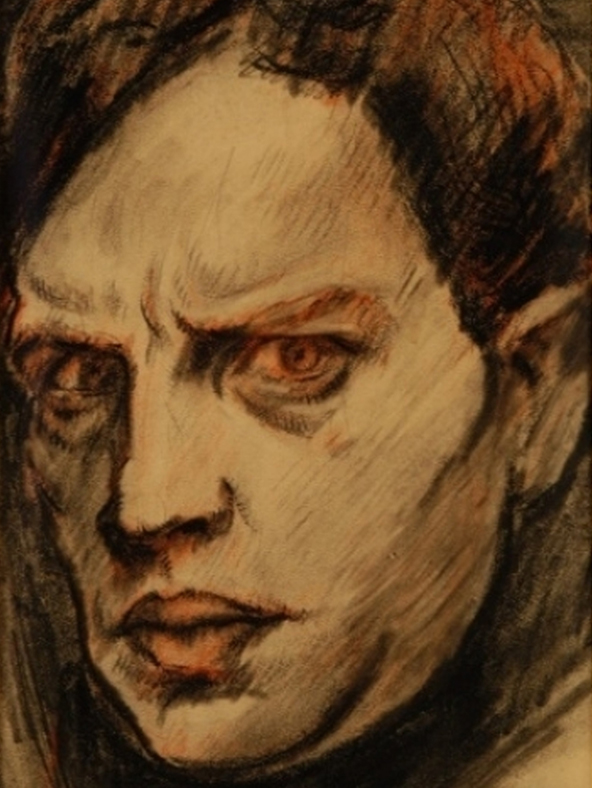Kara Kron Mihály

Brzezany, 1883 - Haifa, 1961
The Life
His life was sprinkled with journeys that influenced both his personality and his artistic personality.
The Art
He gives up the security and propriety that are so appreciated in sculpture, in favor of a raw, more dramatic, truly expressionist perspective.
A follower of classical sculptural techniques
Born in 1883 in Brzezany, traveled to Budapest, where he studied sculpture at the School of Fine Arts, and to Florence where he studied at the Academy.
These journeys will later profoundly influence his artistic personality, remaining a follower of classical sculptural techniques.
In Budapest, he constantly participated in public work competitions, which he won. From that moment on, he was entrusted with projects such as the official statues of Tisza Kálmán, Kossuth Lajos, or Deák Ferenc. As the First World War began, he started creating war monuments.
He was a part of the group that in 1920 initiates and succeeds in the establishment of the School of Decorative Art, becoming more and more involved in the public life of his hometown.
A nomination that helped him and his friends
He was appointed official sculptor of the Royal House and made the statues of King Ferdinand and Queen Maria in Oradea. From this position, he obtained an official portrait of the Queen by the painter Mund Hugó. The artist even received a workshop in the Episcopal Palace.
He deeply appreciated the classical way of treating his sculptures, graphics, engravings, and paintings, but then took a completely different turn. He gave up the security and propriety that were so appreciated in sculpture, in favor of a raw, more dramatic, downright expressionist perspective, a perspective which was basically just as much appreciated by art critics.
After 1930, the artist left for Serbia to work with the great sculptor Mestrovic. Later he relocated to Haifa in Palestine, where he lived until his death in 1961.

